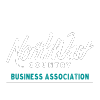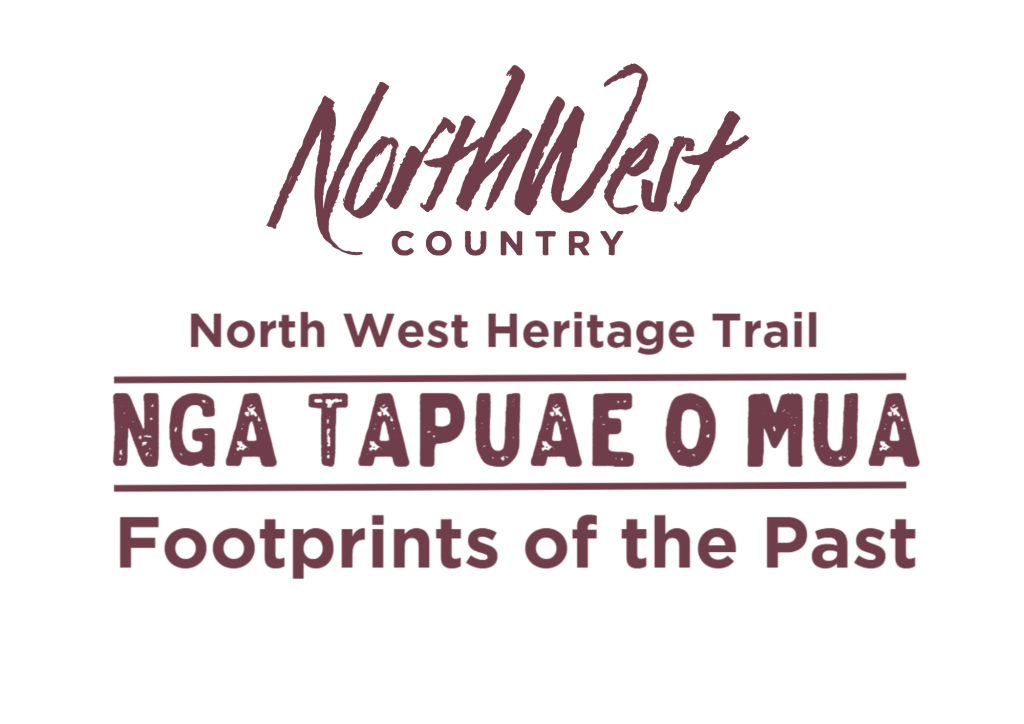
KO TE KAI
Nō te taiao ngā kai o te Māori –ko ngā kai moana, ko ngā manu, ko ngā hua, nā Tāne, nā Rongo, nā Tangaroa, nā Maru. He tinitini ngā kai i whakatupuria e ngā tāngata Māori. I whāngaia e rātou te nuinga o ngā Pākeha i ngā rā o mua. I kawe mai te Pākehā i ngā kai hou – he hua rākau, he hua whenua, he hīpi, he kau hoki. Inā noa atu anō ngā rawa taiao i kaingia e te whakatupuranga o ngā kararehe.
FOOD
Food came from the natural world – from Tāne (god of the forest and birds), Rongo (god of cultivated plants), Tangaroa (god of the sea) and Maru (god of fresh water). Māori were great cultivators and fed a great many Europeans in Te Awaroa, Helensville in the early settlement years. Europeans brought new plants with them and large animals which provided a lot more meat than had previously been available. Cows and sheep need pasture, and the natural forestation was further depleted.
Kai – Food
The story is told that a chief of Te Arawa, Kahumatamoe, named Kaipara after he tasted cooked para fern root at Poutu in the 15th century. (Kai meaning food and para, after the fern.) The mighty Kaipara also provided many types of kai moana (seafood). Māori caught mullet in the Kaipara River by penning the fish, and back in the marshes were kirikopuni, a dark-skinned variety of eel. Ducks and pukeko were plentiful in the waterways between the groves of flax and kahikatea, which attracted kūkupa (wood pigeons) and tui to the snares.

Early pioneers had a lot to learn from Māori about available food (berries, roots, greens and even seaweed) prior to establishing food sources of their own. Fish, eels, fat kukupa (wood pigeons) and other birds found their way into the pot. In 1820, the first European visitor to the district, Rev. Samuel Marsden, was offered a fine English cat for dinner. Being the second time, he had been offered cat in the Kaipara, he took the opportunity to state that dogs and cats were tapu (sacred) as food to Europeans. A pig was obligingly substituted.
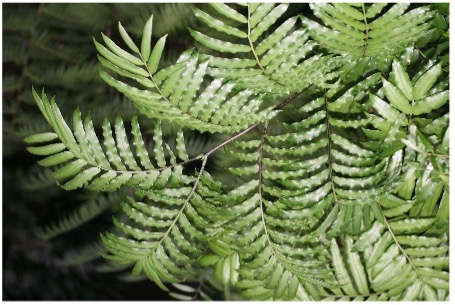
Over time, land was cleared, ploughed and planted. Farm development began in earnest with the introduction of cattle and sheep. By 1869 Isaac McLeod was raising cattle and growing oats and wheat and Judge Rogan had a cattle farm. In the 1880s Mrs Sarah McLeod supplied butter to people in Te Awaroa (Helensville) and out to the South Head gumfields, and most farmers turned to dairy cattle. Small, localised creameries eventually gave way to the founding of the Kaipara Dairy Co-operative in 1911, beginning the area’s long association with the dairying industry.
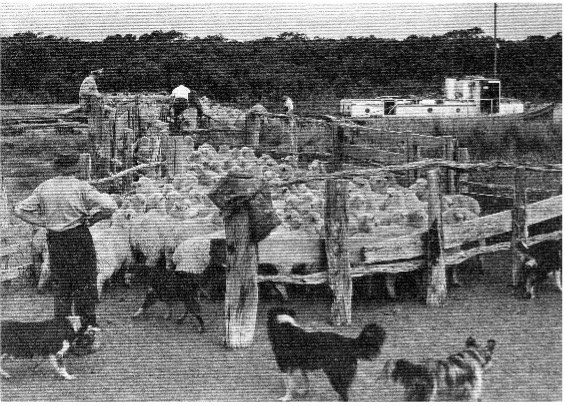
Loading sheep onto a barge – courtesy of Helensville Museum
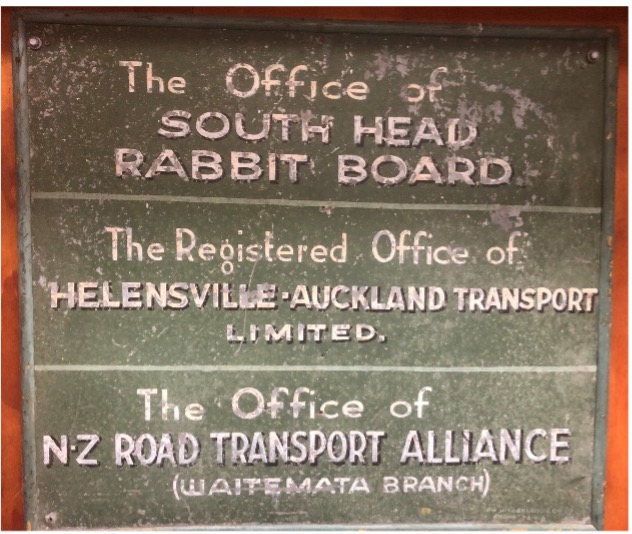
The Kaipara Harbour is a rich fishing ground and so was of great importance to Māori, and then to the settlers. In the late 1800s a fish canning factory was run employing 20 men. It was a booming industry in the early 1900s. Low prices for fish during both the 1920s and the 1930s along with insufficient storage and infrequent train services, put an end to the factory. During the 1950s shark fishing was established, much of the catch being exported from Te Awaroa to Australia.
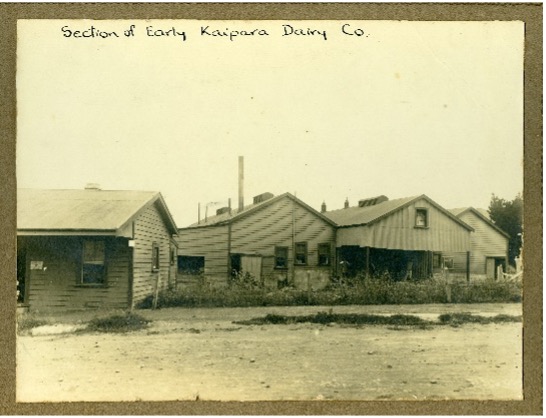
 Early photo of Kaipara Dairy Factory – courtesy of Helensville Museum
Early photo of Kaipara Dairy Factory – courtesy of Helensville Museum
Along with the introduction of new species came the introduction of pests such as rats, rabbits, cats, pheasants, pigs, and fallow deer. Possums remain a problem to this day, devastating both native bush and birds, and carrying the devastating tuberculosis disease.
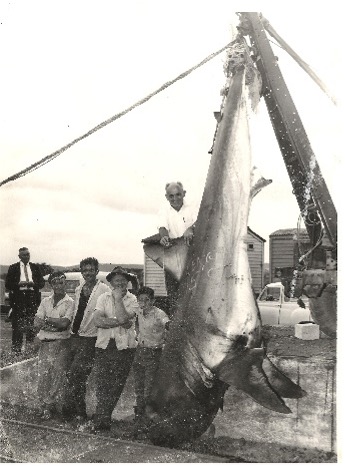
Jack Siminovich with shark – courtesy of Helensville Museum
People & Their Stories…
Scott Brothers
By the 1950’s a lot of the commercial fishing trade on the Kaipara was based on shark fishing, and much of this was being done by Jim Scrivens and Len and Mick Scott, who, by 1951 had a processing factory on the old coal wharf in Helensville North. The sharks were cut into fillets on the boats and then taken to a small packing room to be put into cartons and weighed, the cartons were wired up and snap frozen, then sent to Australia. An article in the NZ Herald reports that shark steaks were selling in Sydney and Melbourne for 6 shillings and six pence a pound.
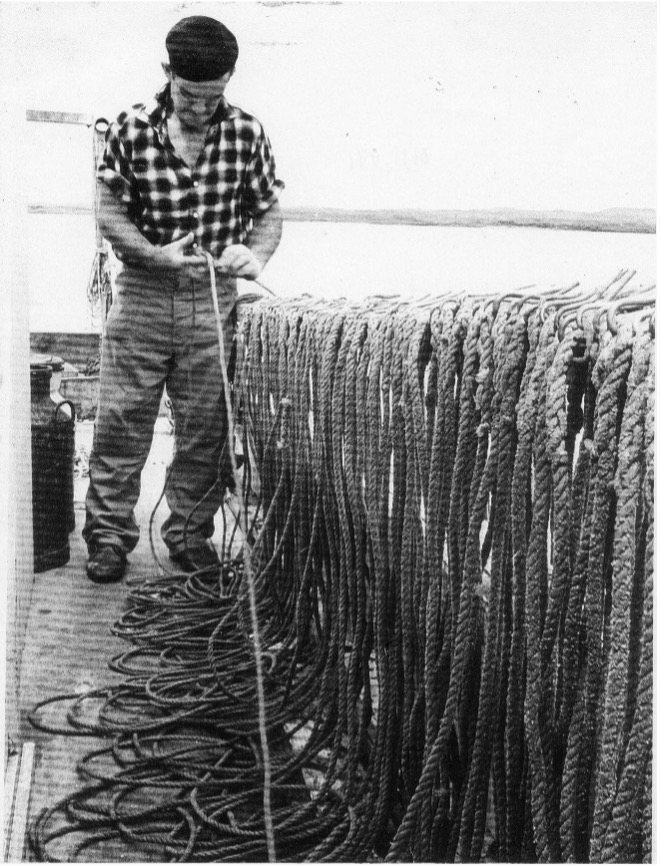
Mick Scott running the main line out – courtesy of Helensville Museum
During spawning season, between October and April, when the sharks sought the warmer waters of the Kaipara harbour, Mr Scrivens and his partners, the Scott brothers, were processing around 10,000 school sharks a season. The brown streamlined fish averaged about 1.8 metres and 27kgs, yielding both liver oil and edible flesh, while the fins were sun-dried and sold to local Chinese customers.
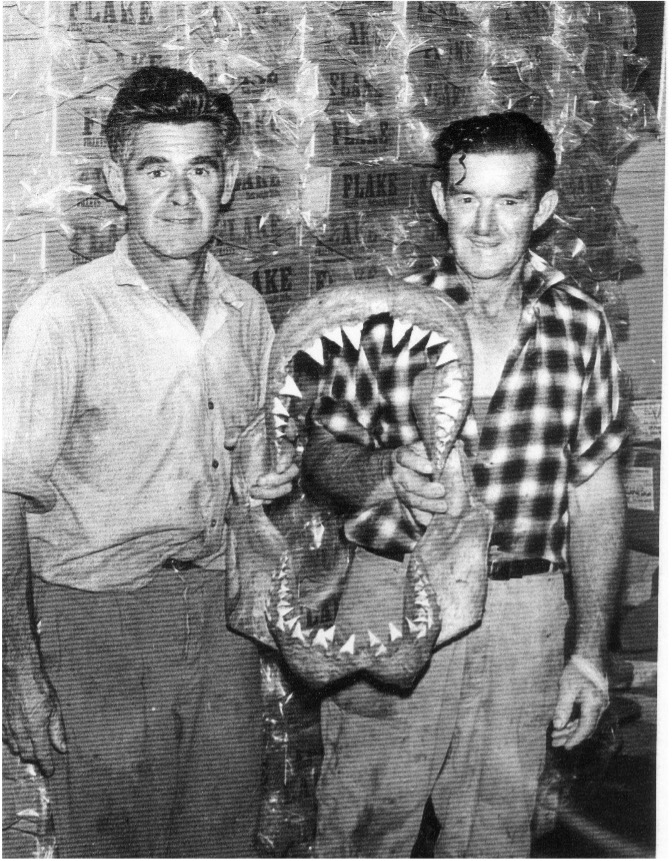
 Mick and Len Scott – courtesy of Helensville Museum
Mick and Len Scott – courtesy of Helensville Museum
Outside the shark season, the Scott boats were surveyed to take passengers. They started taking fishing parties out to the “Graveyard” (the entrance to the Kaipara). Mick had one client who had a regular booking every fortnight. The trip wasn’t always successful, and the client would end up buying fish from the Scotts. Mick didn’t feel great about that until he found out the fish was later being raffled at the Huapai Hotel or the Gluepot Tavern in Ponsonby and was returning more money than the cost of the trip. Apparently, this arrangement went on for many years.
Further reading from Papers Past about Food in the district:
Wild Cats 15-7-1876 (see last paragraph)
Pests| 19-9-1908 (see halfway down column)
